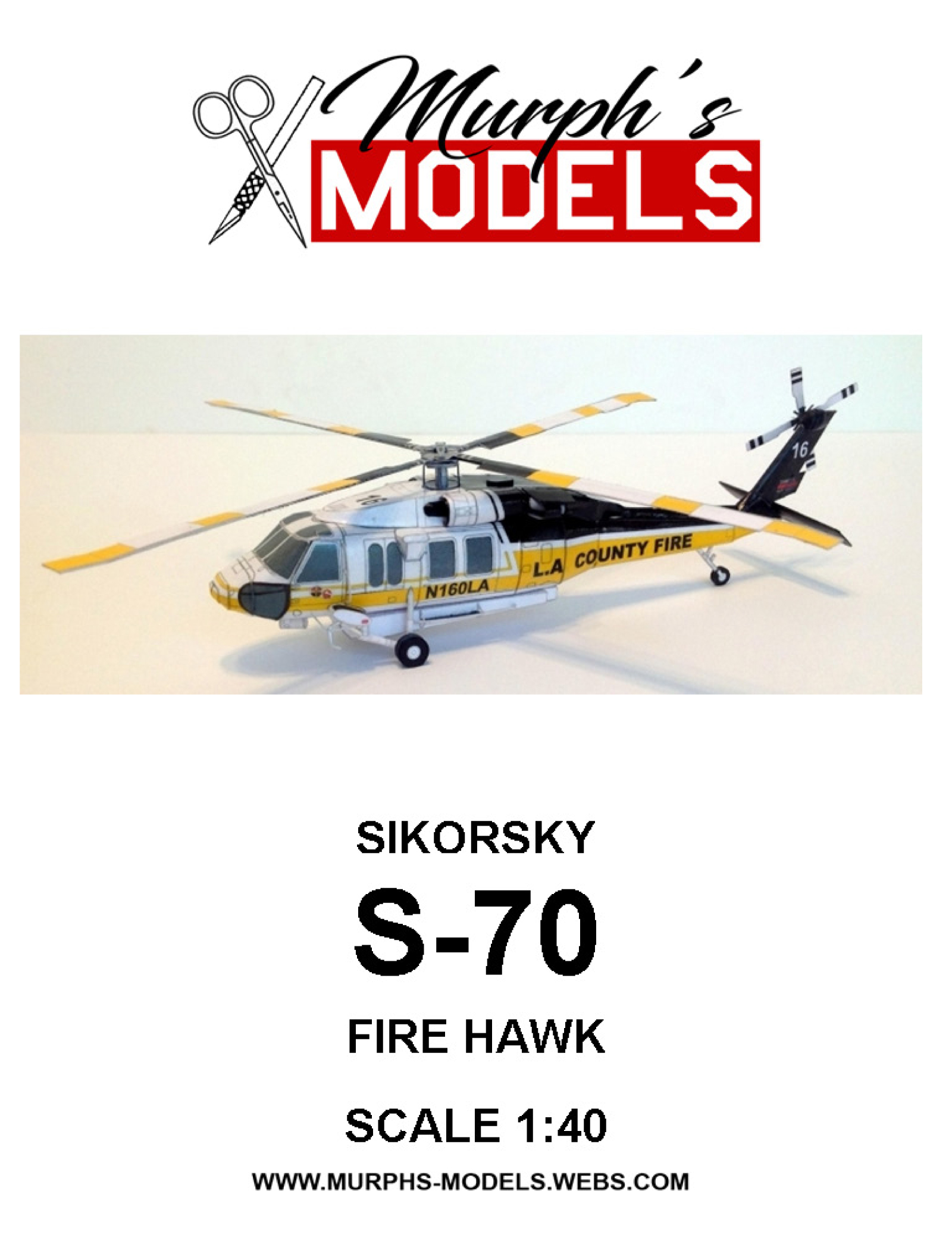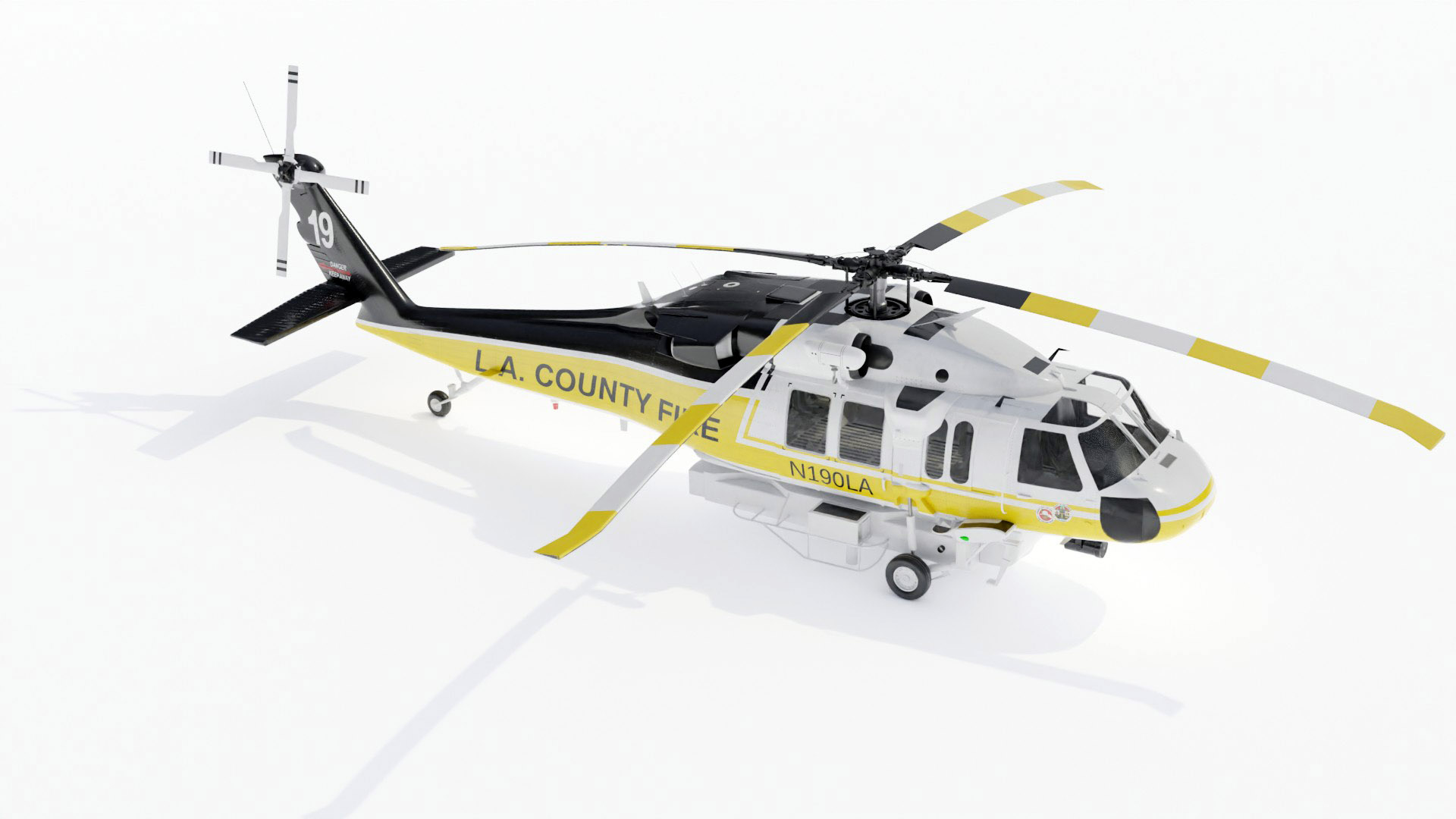How the Sikorsky S 70 Stands Apart in the Helicopter Market
How the Sikorsky S 70 Stands Apart in the Helicopter Market
Blog Article
High-Performance Multi-Role Rotorcraft Featuring Advanced Cockpit Technologies and Integrated Sensor Solutions
The world of rotorcraft technology has seen notable improvements in current times, especially in the realm of high-performance multi-role rotorcraft geared up with advanced cockpit technologies and perfectly integrated sensor systems. These developments have not only augmented the functional abilities of rotorcraft yet have actually likewise dramatically impacted modern-day aeronautics operations on various fronts. From boosted goal adaptability to improved functional effectiveness, the convergence of innovative cabin innovations and incorporated sensing unit systems has introduced a new era of opportunities for rotorcraft applications. In the following conversation, we will certainly explore the advancement of rotorcraft modern technology, dig right into the world of sophisticated cabin advancements, and analyze the effects of incorporated sensor systems on the functional versatility and performance of modern rotorcraft.
Advancement of Rotorcraft Technology
The advancement of rotorcraft modern technology has been marked by substantial advancements in aerodynamics, materials, and propulsion systems, forming the capacities and efficiency of modern-day rotorcraft. Aerodynamic improvements have improved the performance and ability to move of rotorcraft, permitting for increased speed, agility, and stability during trip (sikorsky s 70). Advancements in products, such as using composite products and progressed alloys, have resulted in lighter yet stronger rotorcraft structures, enhancing general efficiency and durability. Furthermore, developments in propulsion systems, including much more powerful engines and innovative propulsion innovations, have allowed rotorcraft to accomplish higher altitudes, faster rates, and better hauls.
These developments have not just changed the capabilities of rotorcraft but have actually likewise expanded their applications throughout various industries, consisting of armed forces, commercial, and emergency services. The continual evolution of rotorcraft technology continues to drive technology in the field, pressing the limits of what is possible and forming the future of vertical trip.
Advanced Cockpit Innovations
Structure upon the fundamental innovations in the rules of aerodynamics, materials, and propulsion systems, the world of rotorcraft modern technology currently shifts emphasis in the direction of pioneering Advanced Cockpit Innovations. The assimilation of cutting-edge technologies within the cockpit setting plays a critical duty in boosting the functional capacities, safety and security, and efficiency of contemporary rotorcraft. sikorsky s 70. Advanced Cabin Innovations include a large array of functions designed to supply pilots with improved situational awareness, structured data monitoring, and intuitive control user interfaces
One of the essential improvements in cabin style is the implementation of glass cabins, which replace conventional analog determines with high-resolution display screens. These electronic systems use personalized formats, real-time information integration, and improved readability, enabling pilots to access important info at a look. Advanced avionics systems, such as fly-by-wire controls and enhanced truth displays, are revolutionizing exactly how pilots interact with the airplane, enabling for accurate control and boosted decision-making abilities.


Including advanced cockpit advancements not only enhances pilot efficiency yet additionally adds to general objective efficiency and safety in complicated functional settings. By leveraging cutting edge technologies within the cabin, rotorcraft makers are setting new standards for operational quality and mission success.
Integrated Sensing Unit Solutions
With the development of rotorcraft modern technology, the assimilation of innovative Integrated Sensor Systems has actually become vital in enhancing functional performance and safety. These Integrated Sensor Systems incorporate a broad variety of modern technologies that provide essential data for various functions such as navigation, surveillance, targeting, and environmental monitoring. By flawlessly integrating sensing units like radars, electronic cameras, lidar, and infrared systems into rotorcraft, operators can benefit from enhanced blog here situational understanding, improved goal capabilities, and lowered pilot workload.
One trick benefit of Integrated Sensor Solutions is their capability to gather real-time information and supply workable insights to pilots and mission drivers. For instance, advanced radar systems can detect and track targets over fars away, enabling early hazard detection and effective feedback preparation. In addition, incorporating electro-optical and infrared cameras allows rotorcraft to perform reconnaissance and monitoring missions with precision and precision.
Fundamentally, the assimilation of cutting-edge sensor innovations right into rotorcraft not just boosts functional performance but additionally contributes substantially to overall objective success and crew security. As rotorcraft remain to evolve, the role of Integrated Sensor Solution will most certainly remain at the center of innovation in the aerospace market.
Functional Versatility and Effectiveness
Enhancing operational versatility and efficiency in rotorcraft is an all-natural progression from the assimilation of sophisticated Integrated Sensor Solutions. By leveraging the information and insights offered by these innovative sensor systems, rotorcraft can enhance their performance across various objectives and settings.
Operational versatility encompasses the capability of rotorcraft to adapt to various roles and circumstances efficiently. With advanced cockpit technologies and incorporated sensing unit systems, rotorcraft can seamlessly change in between tasks such as search and rescue, medical emptying, monitoring, and a lot more. This flexibility enhances the rotorcraft's capability to meet diverse functional needs without requiring comprehensive reconfiguration.
Efficiency in rotorcraft operations is vital for optimizing mission efficiency and source usage. Integrated sensing unit systems play a pivotal role in enhancing operational effectiveness by supplying real-time data on weather, surface mapping, target tracking, and a lot more. This information enables pilots to make educated choices quickly, maximize trip courses, save gas, and boost overall mission performance.
Effect On Modern Aeronautics Operations

Furthermore, the assimilation of advanced sensing units assists in improved goal planning and implementation, making it possible go to my blog for rotorcraft to carry out a vast array of tasks with enhanced accuracy. From search and rescue operations to airborne firefighting and regulation enforcement missions, the abilities of modern-day rotorcraft geared up with innovative cockpit modern technologies and integrated sensor systems are unrivaled.
Furthermore, the influence of these developments expands past operational effectiveness to cost-effectiveness and sustainability. By maximizing flight paths, gas intake, and maintenance timetables, high-performance rotorcraft equipped with sophisticated cabin modern technologies and sensors add to lowering operational costs and environmental effect, making them vital assets in contemporary aviation operations.
Final Thought
In verdict, the high-performance multi-role rotorcraft with advanced cabin modern technologies and integrated sensing unit systems represents a substantial development in aviation innovation. These innovations enhance operational flexibility and performance, eventually influencing modern air travel procedures in a positive way. The combination of these sophisticated innovations permits boosted capacities and efficiency in different objective situations, showcasing the continued improvement of rotorcraft innovation in the air travel industry.
The realm of rotorcraft modern technology has actually seen noteworthy developments in recent times, particularly in the world of high-performance multi-role rotorcraft equipped with advanced cabin technologies and seamlessly integrated sensing unit systems. From improved objective flexibility to enhanced operational efficiency, the merging of innovative cockpit technologies and incorporated sensing unit systems has ushered in a brand-new age of possibilities for rotorcraft applications. In the adhering to conversation, we will discover the development of rotorcraft innovation, delve right into the world of advanced cabin advancements, and analyze the effects of integrated sensing unit systems on the operational flexibility and efficiency of modern-day rotorcraft.

Report this page